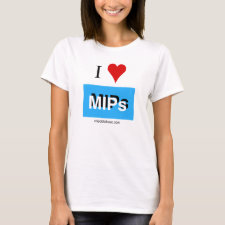
Authors: Lesaoana M, Pakade VE, Chimuka L
Article Title: Crosslinker-less surface-imprinted Macadamia derived activated carbons for trace Cr(III) removal from aqueous solution.
Publication date: 2019
Journal: Environmental Technology & Innovation
Volume: 14
Article Number: 100336.
DOI: 10.1016/j.eti.2019.100336
Alternative URL: https://www.sciencedirect.com/science/article/pii/S2352186418304814
Abstract: Leaching of chromium compounds into the environment from the electroplating process may cause health detrimental effects to humans and ecosystem exposed to these compounds. Ion-imprinted adsorbents possessing high selectivity are required to eradicate trace chromium compounds from complex matrices. A pseudo-surface imprinting technique was applied on carboxylated Macadamia activated carbon (MAC) by grafting MAC with triethylenetetramine, N,N'-diisopropylcarbodiimide and CrCl3 × 6H2O (template ion) to produce MAC-pseudo-ion imprinted adsorbents (MAC-PIIA). MAC-pseudo-non-imprinted adsorbent (MAC-PNIA) counterparts were prepared by the same procedure, but Cr3+ was excluded in the synthesis. The presence of N-H and C-N bands in FTIR spectra at 3005 and 1232 cm-1, respectively, confirmed successful grafting. The adsorption performance of the MAC-PIIA recorded at pH 5, 120 min, and 3.3 g/L dosage concentration, was 80% (69.61 mg/g). Application of the MAC-PIIA (72.2%) and MAC-PNIA (56.0%) on spiked acid mine drainage artificial sample led to collapse in the removal efficiency. Multilayer Freundlich adsorption described the mechanism
Template and target information: chromium ions, Cr(III)
Author keywords: activated carbon, adsorption, Chromium(VI), Crosslinker-less, Pseudo-surface imprinting, isotherms



Join the Society for Molecular Imprinting

New items RSS feed
Sign-up for e-mail updates:
Choose between receiving an occasional newsletter or more frequent e-mail alerts.
Click here to go to the sign-up page.
Is your name elemental or peptidic? Enter your name and find out by clicking either of the buttons below!
Other products you may like:
 MIPdatabase
MIPdatabase









